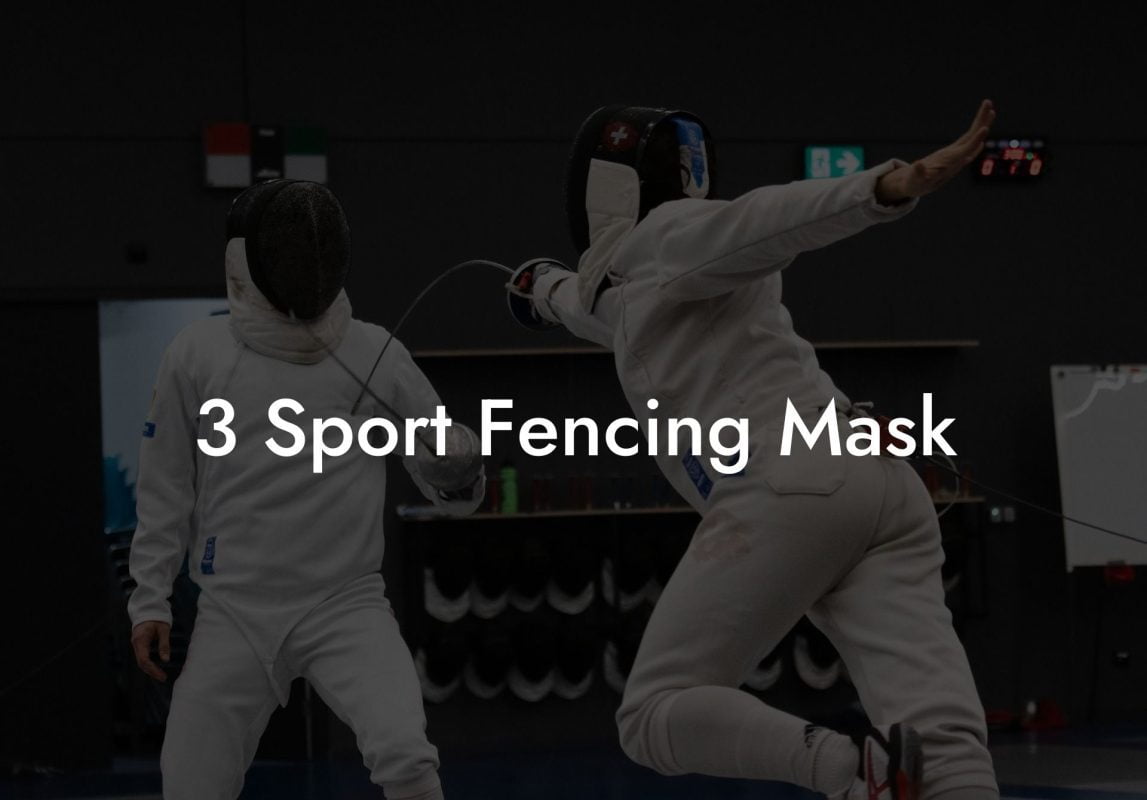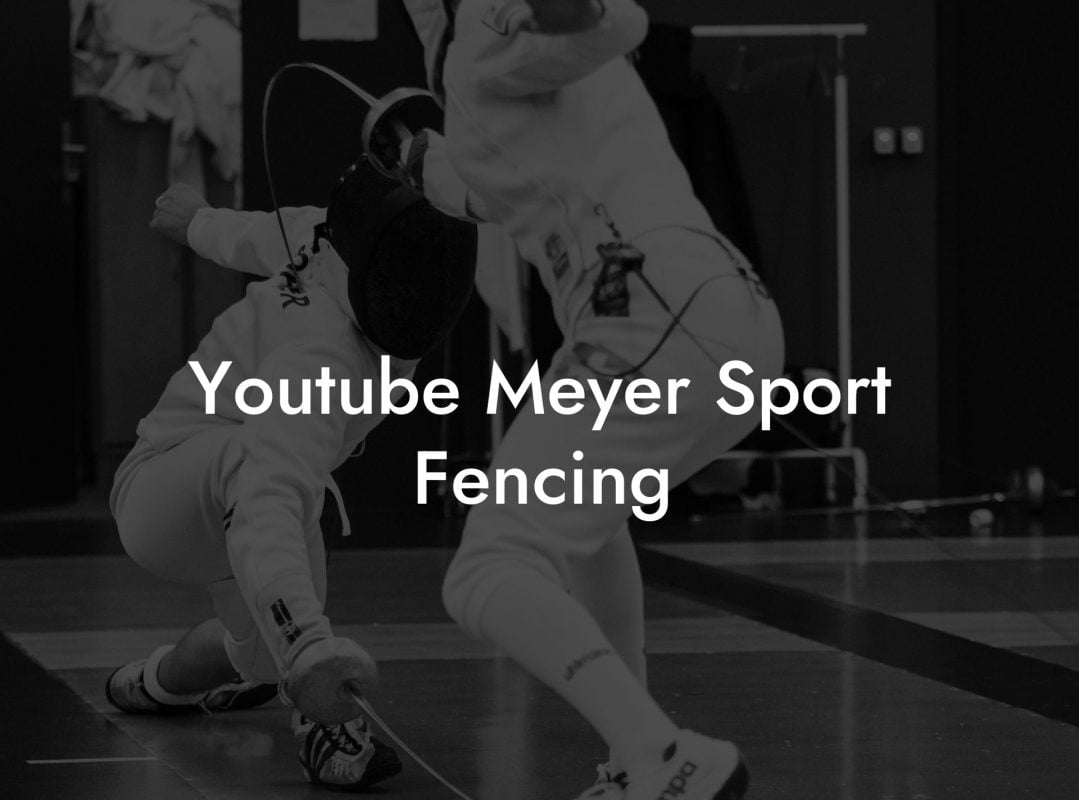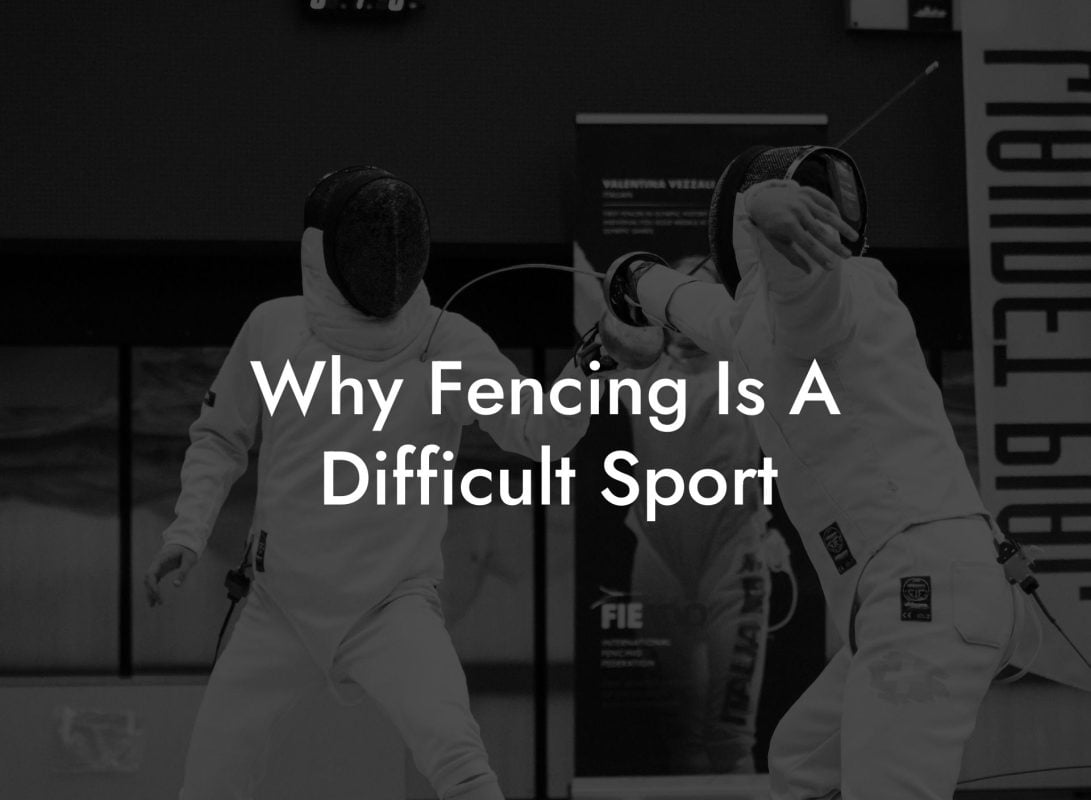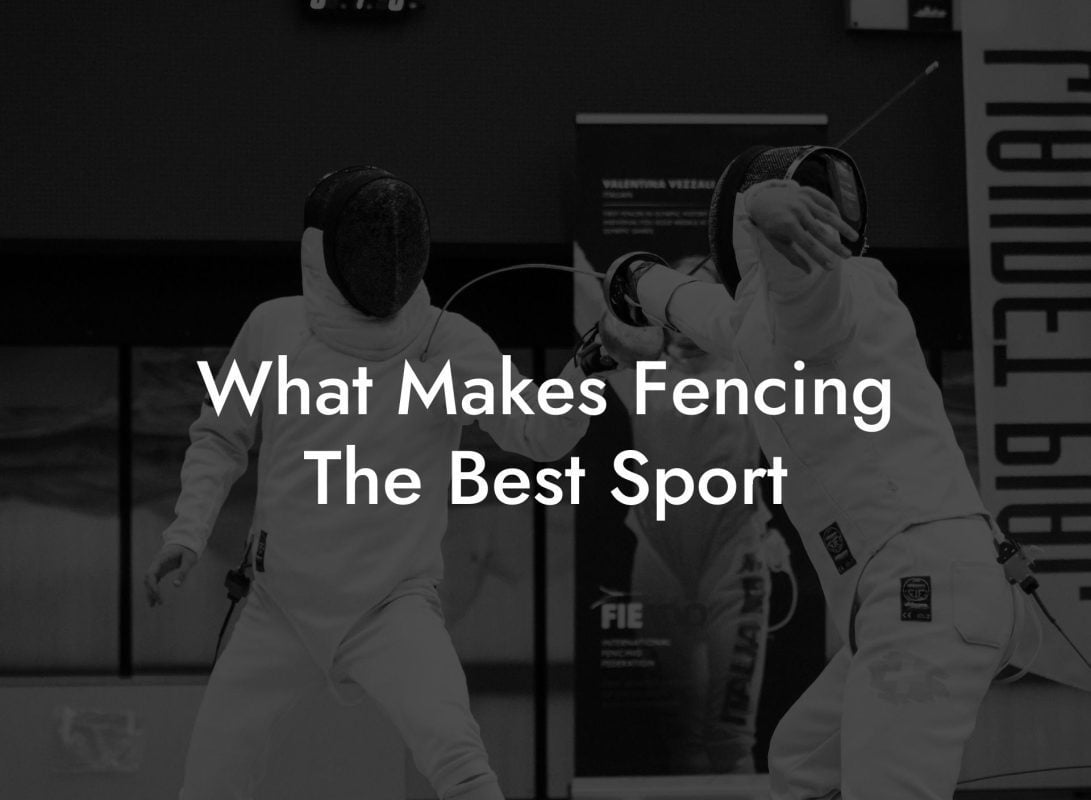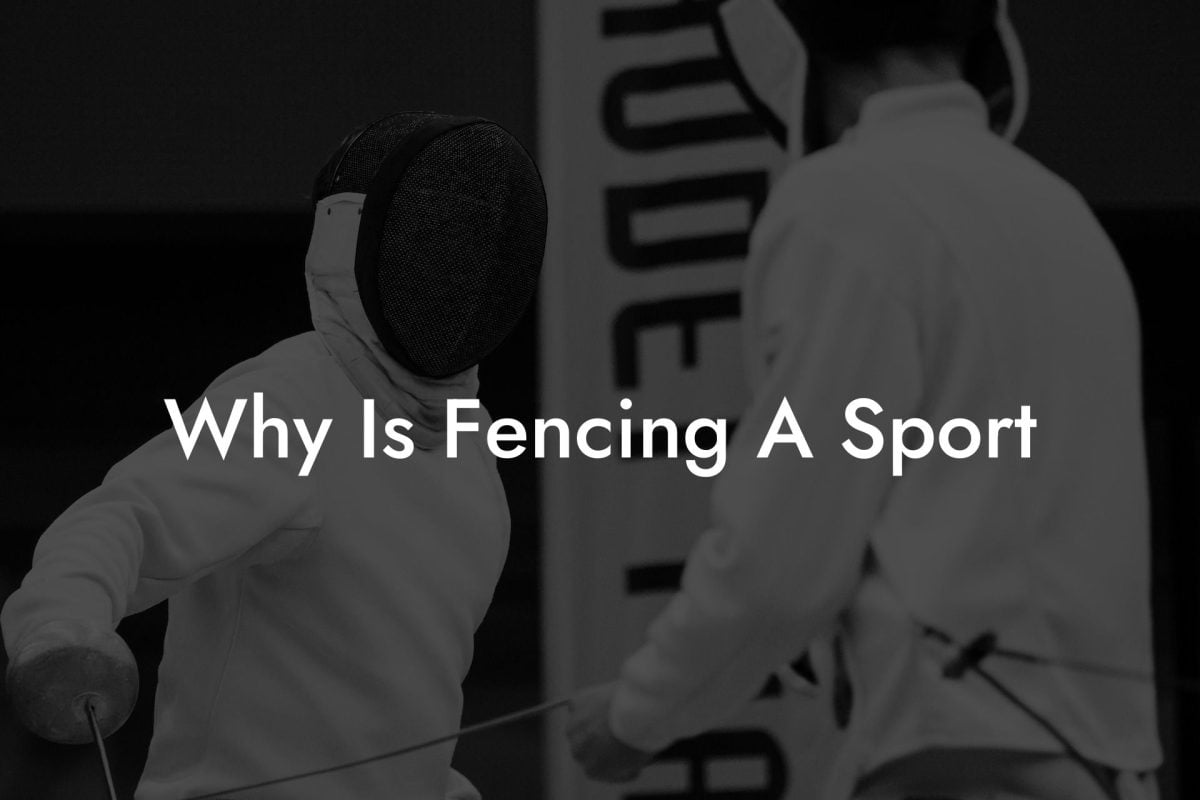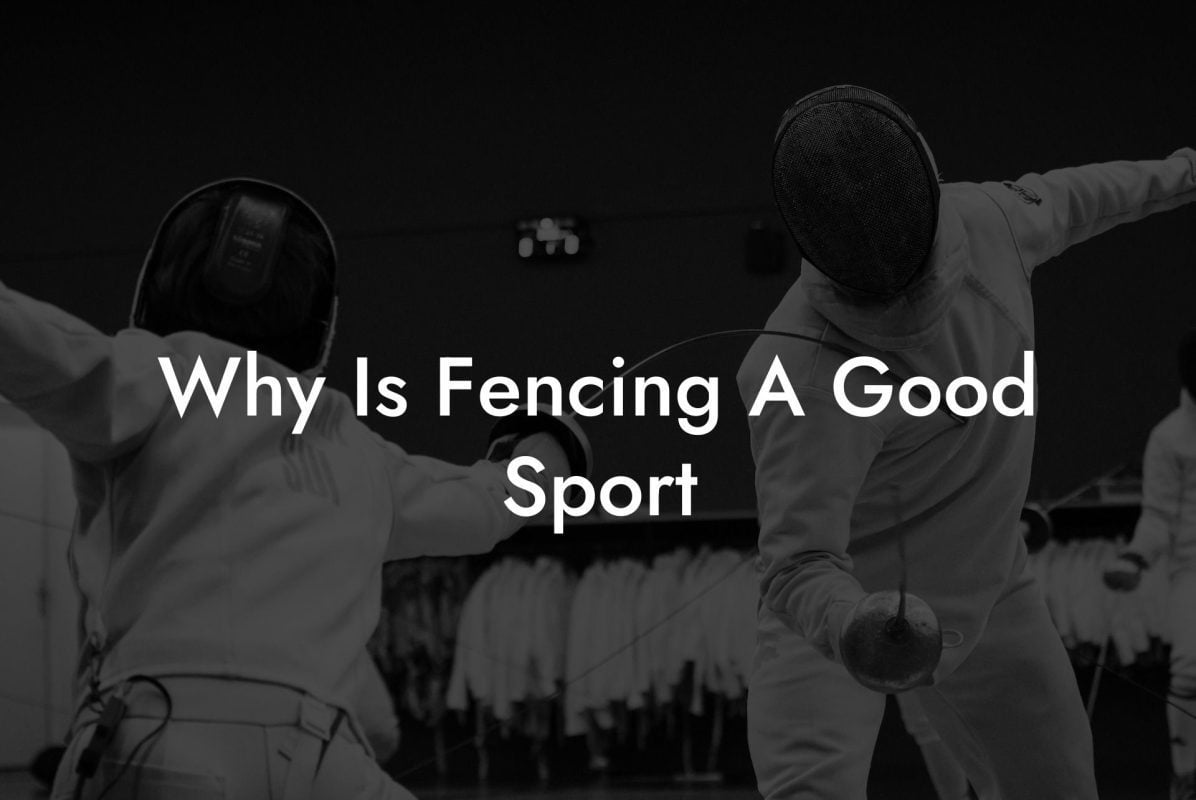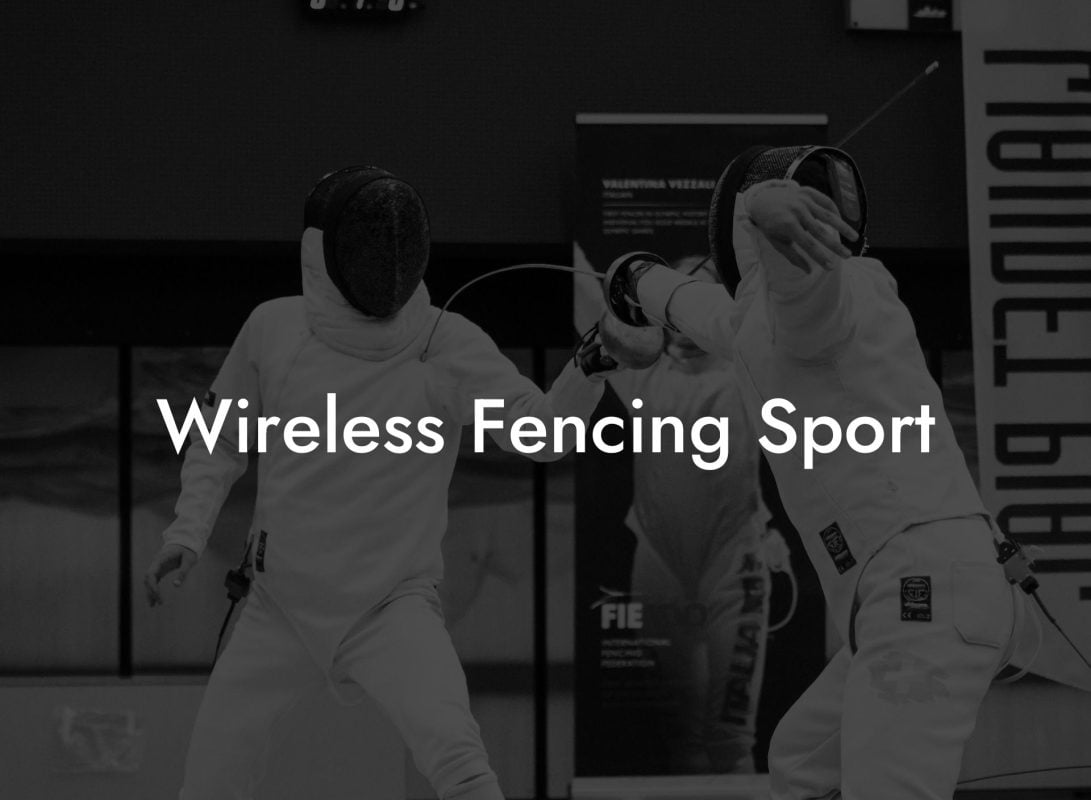Discover the thrilling world of sport fencing as we delve into the core principles and techniques of fencing in a straight line. Whether you're a beginner or an experienced fencer, this comprehensive guide is designed to provide you with the information, insights, and inspiration you need to excel in this exhilarating sport.
Sport Fencing In A Straight Line Table of Contents
Understanding the Basics of Sport Fencing
Understanding the Basics of Sport Fencing
Sport fencing is a fast-paced and highly strategic combat sport that involves two opponents facing off against one another, attempting to score points by striking each other with their respective weapons. There are three primary weapons used in fencing: the foil, the epee, and the sabre.
Foil
The foil is a light and flexible weapon that targets the torso area, excluding the arms and legs. Points are scored when a fencer hits their opponent's target area with the tip of their foil.
Epee
The epee is a heavier and stiffer weapon than the foil, and any part of the body is considered the target area. Points are scored in a similar way to foil, with the tip of the weapon making contact with the opponent.
Sabre
The sabre is a cutting and thrusting weapon, targeting everything above the waistline (excluding the hands). Points can be scored by connecting with the tip, as well as the edge of the sabre.
The Importance of Fencing in a Straight Line
Fencing in a straight line or the "lunge line" is an essential skill for any fencer to master. It's the primary line of attack and defense in fencing, and if you cannot effectively control your movement along this line, you'll find it challenging to succeed in the sport.
Proper Footwork and Technique
- En garde: Start in the en garde position with your dominant foot forward and your non-dominant foot perpendicular to it, approximately shoulder-width apart.
- Advance: Move your dominant foot forward and slide your non-dominant foot along the floor, keeping its heel close to the ground.
- Retreat: Slide your non-dominant foot back and then follow with your dominant foot, maintaining the same distance between the two feet.
- Lunge: From the en garde position, extend your dominant leg forward while keeping your non-dominant leg straight and grounded. This movement allows you to maintain balance and stability while increasing your reach.
- Recover: Bring your front foot back to its original position by pushing off with the back foot.
Offensive and Defensive Strategies Along the Straight Line
Fencing along the straight line involves a combination of offensive and defensive tactics, such as:
Offensive Strategies
- Feints: A fake attack intended to draw out your opponent's defensive reaction.
- Direct Attack: A straightforward attack in a straight line, usually following a parry or in response to an opponent's mistake.
- Disengage: A change of direction in an attack, moving the blade around the opponent's parry.
Defensive Strategies
- Parries: Blocking your opponent's attack by deflecting their blade with yours.
- Counter-attack: A simultaneous attack launched as your opponent attempts to strike you.
- Distance: Managing your distance from your opponent to avoid being hit while setting yourself up for a successful attack.
Sport Fencing In A Straight Line Example:
Imagine a fencing bout between two competitors using foils. Both fencers maintain a strong en garde position, moving quickly along the lunge line. The attacking fencer advances with a feint, hoping to draw a parry from the opponent. The defender doesn't take the bait and instead launches a counter-attack as the initial strike misses. The attacker quickly recovers, blocking the counter-attack with a parry and executing a direct attack of their own while the defender is off-balance. All of these actions are performed while remaining on the straight line.
We hope you've enjoyed this in-depth look at the techniques, strategies, and importance of fencing in a straight line. By mastering this fundamental aspect of the sport, you'll be well on your way to becoming a formidable fencer. If you're eager to learn more about fencing or explore our recommended equipment, be sure to check out other guides and articles on Anchorage Fencing Club. Please share this article with friends or fellow fencing enthusiasts, as sharing is caring in the fencing community!



